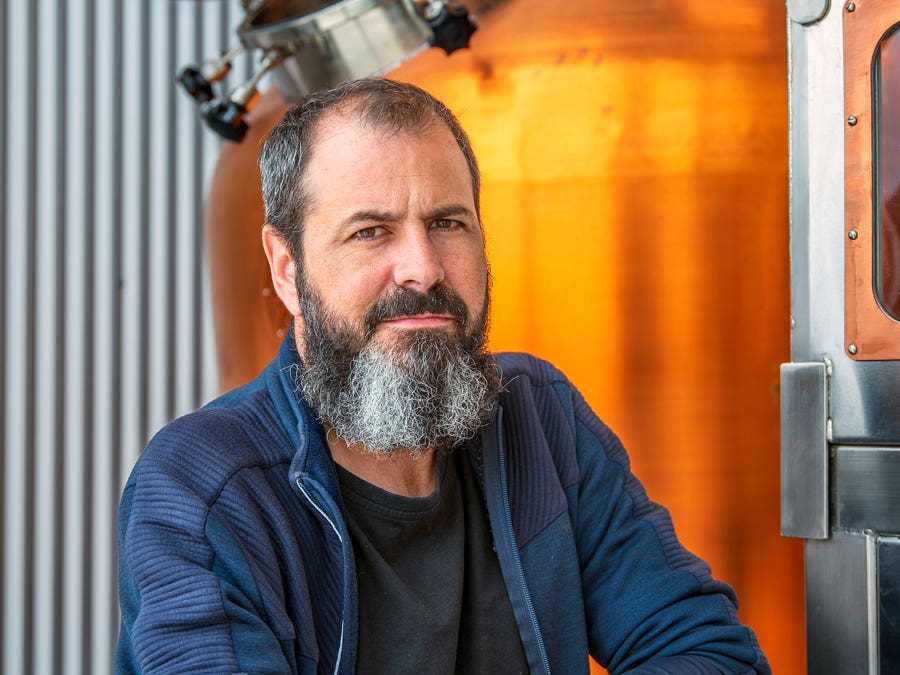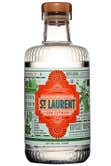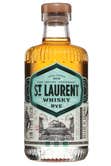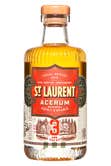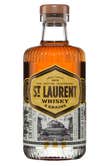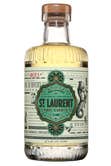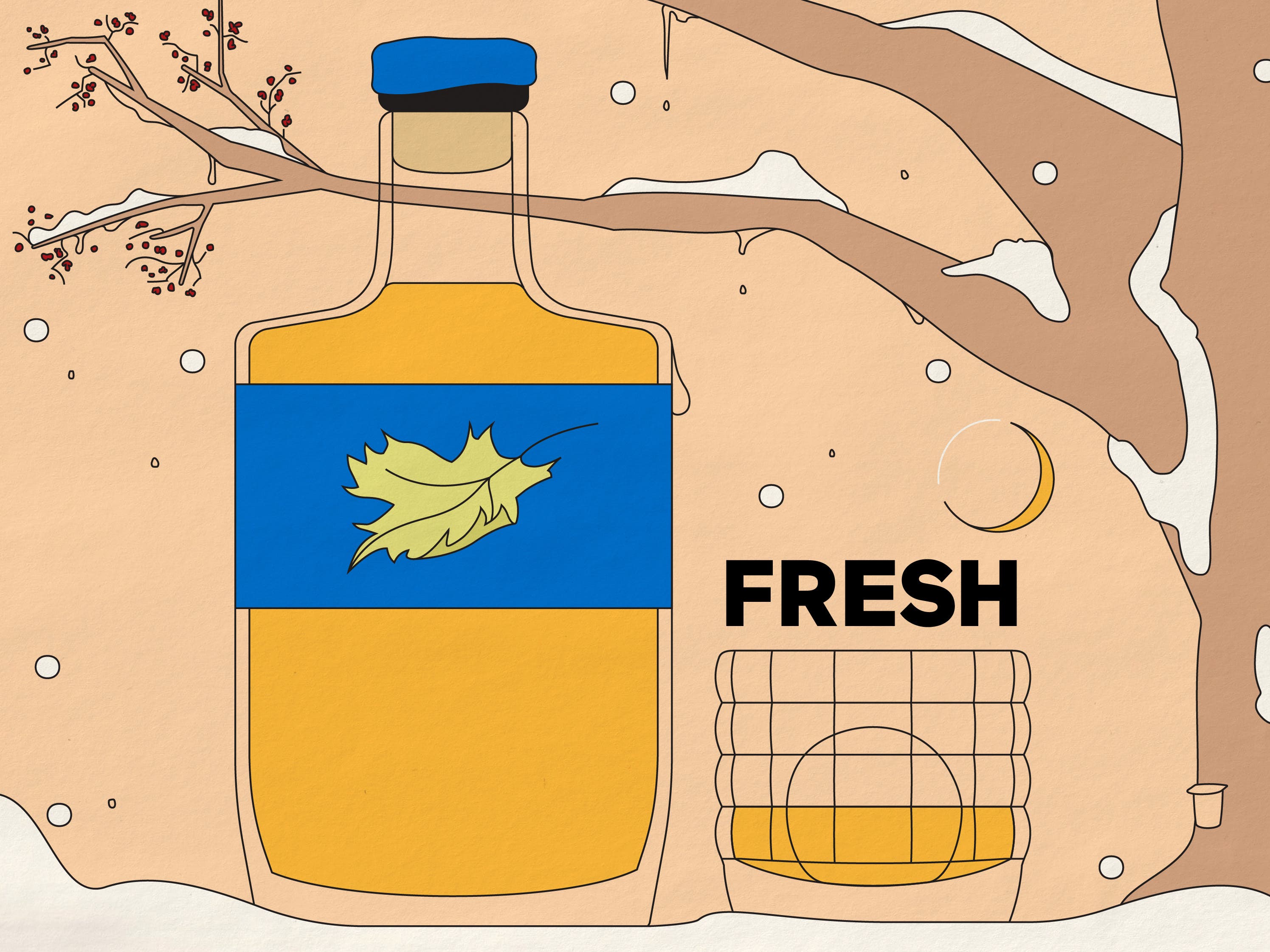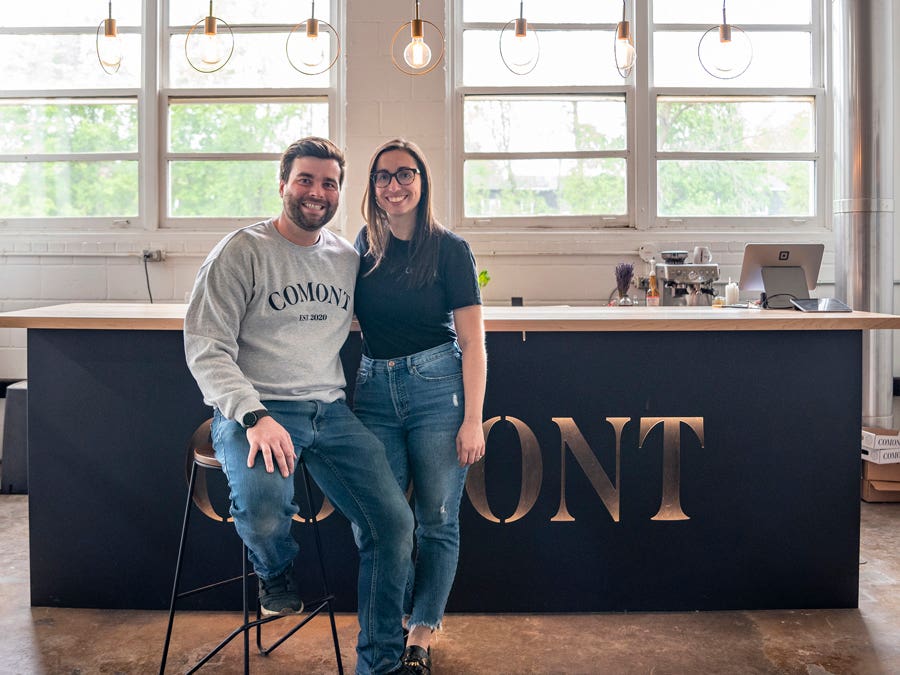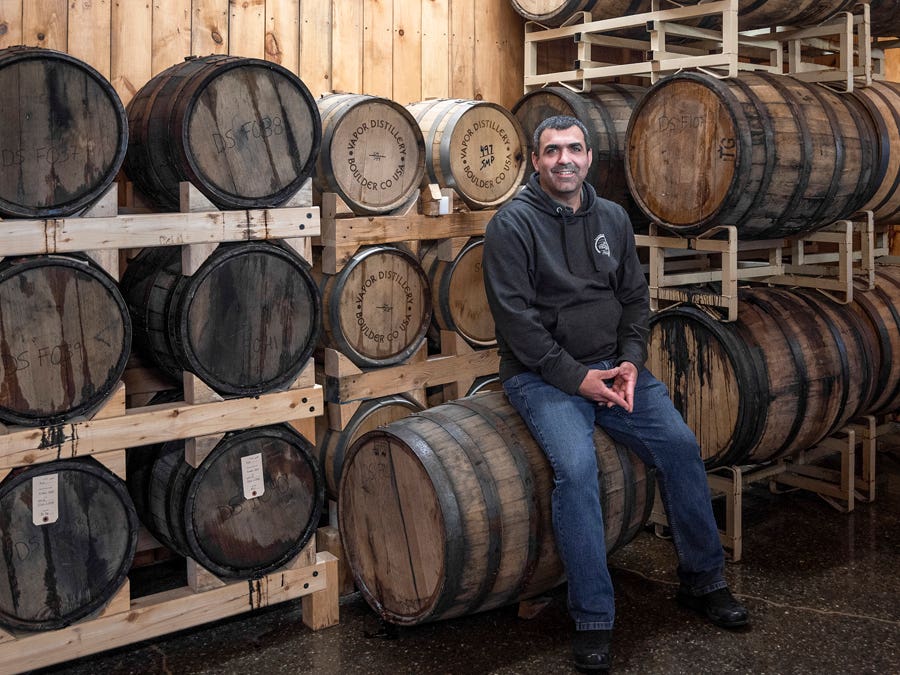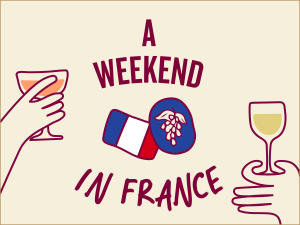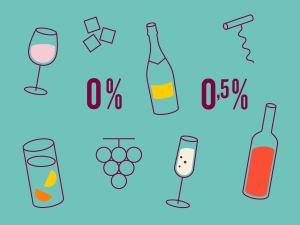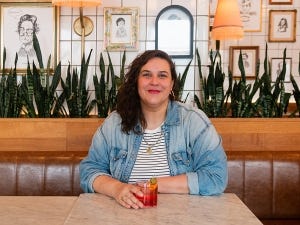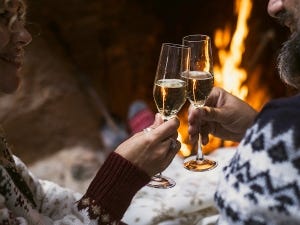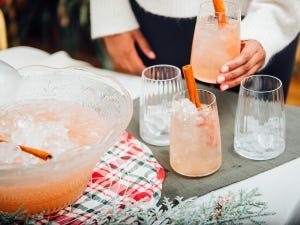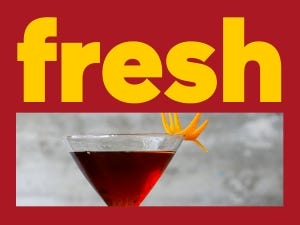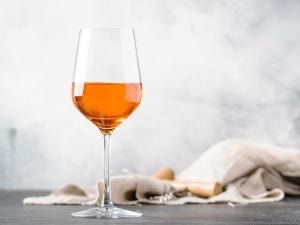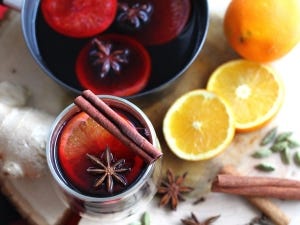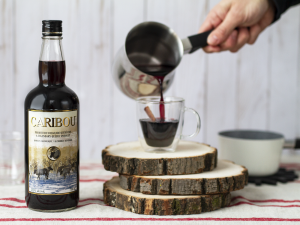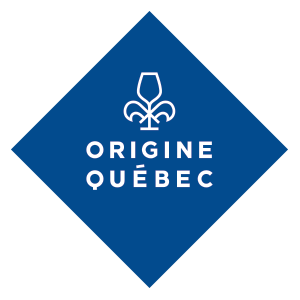
After winding along the St. Lawrence River while breathing in the salt air, I was greeted by Jean-François. We began by touring the facilities. He told me about his and his partner Joël’s special connection with their surroundings.
Plan your visit with Vaolo
“For us, the idea is to transform our terroir into spirits. The river is a part of me, a part of us. By coming to Pointe-au-Père, we’re reappropriating the river, sharing it, and providing an opportunity to enjoy it. It only adds to what was already in our blood—making spirits and the local aspect that’s deeply rooted in our values.”
- Jean-François Cloutier, co-founder and production captain
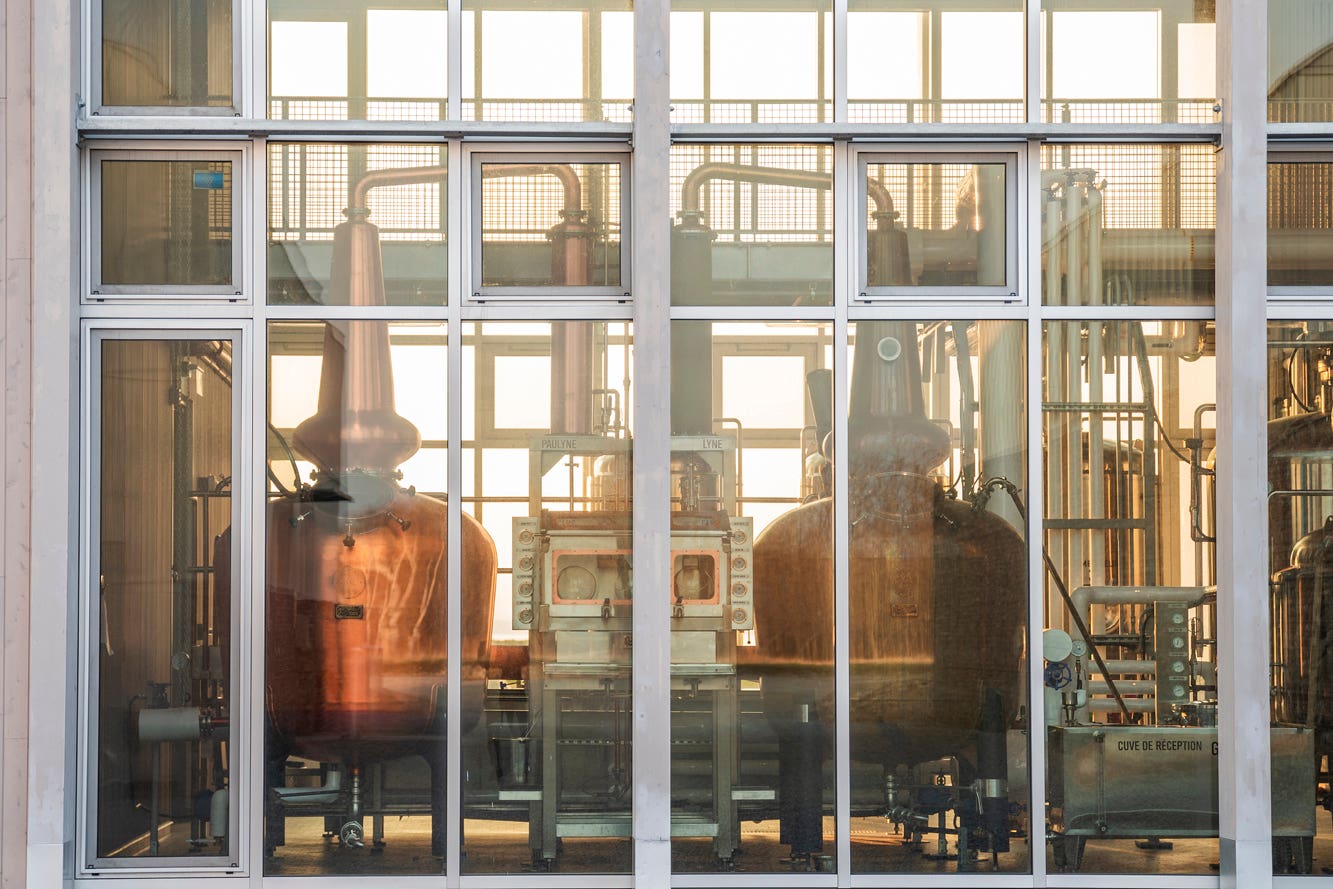

We continued our tour with a stop at the distillery, where he explained the relationship between the land and the product in greater detail.
“Unlike wine or beer, spirits don’t require a controlled setting. To the contrary—you want them to have contact with the outside environment. Here in Pointe-au-Père, the climate is dictated by the ocean winds and drastic temperature swings. So, not only did we want to set up in this type of environment, we also wanted to expose our casks to it as much as possible. That’s why we built our warehouse so that it’s open to bad weather. The stone gabion walls are permeable—they act as a filter but let wind, rain and snow through. And we wanted to make sure air could get in, since it’s the best there is… that of the lower shore of the St. Lawrence,” Jean-François explained.
When I asked him where the idea of making whisky came from, he said:
“We often used to joke that if a Scot came here, he’d say, ‘You have plenty of freshwater, you have the sea and the onshore wind, plus you have grain, barley and workable land. What are you waiting for? Where’s the whisky?’ So, we already had everything we needed—the right soil and the right climate. And we gave ourselves the mission of acquiring the grain, which was already being grown around here, and making it into whisky, which we feel is the noblest of products you can make from grain. Sure, bread’s good, but… y’know (laughing).”
We then tasted the famous gin that the distillery is renowned for, Maritime Gin, and I experienced a flash of sea air, strong vegetal notes mixed with umami, and a unique mineral finish. It’s a complex gin made with an unlikely combination of aromatics from the four corners of the earth, as well as kelp harvested by hand in the Lower St. Lawrence
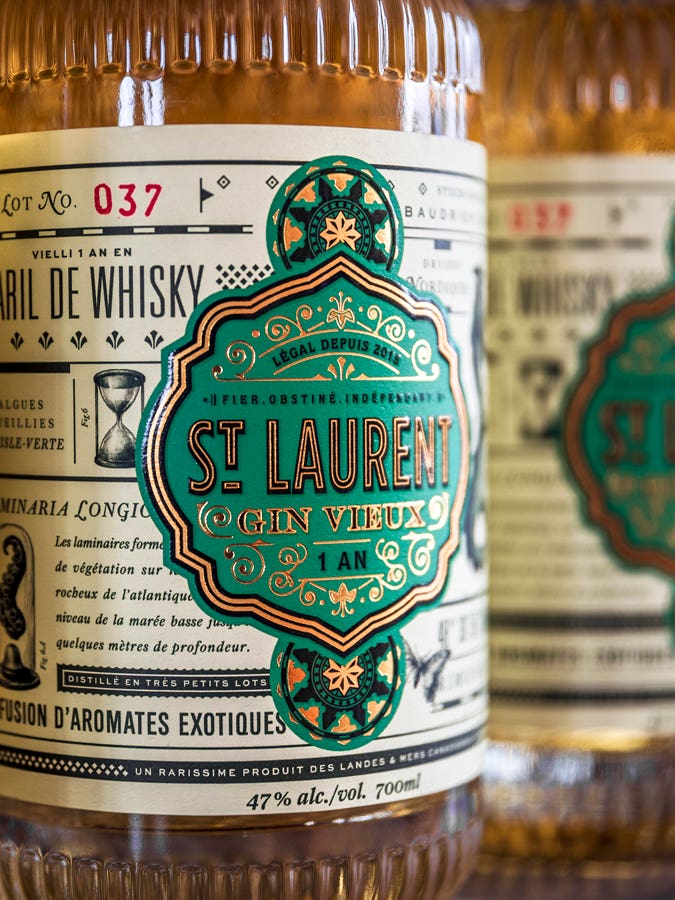

Jean-François explained that every choice he makes is guided by a desire to represent the terroir.
“Kelp is the best example: we took something that’s typical of the area, that’s not used often in Quebec, and bottled it up with our gin. It may not be the main ingredient, but it’s what gives the gin its distinctive taste and colour. That’s what sparked the idea. Like our Boréa gin, where aside from the juniper berries, all the aromatics are locally sourced,” he noted.
The distillery, among the first five in the province, once again finds itself at the leading edge, seeing as it now makes acerum.
As Jean-François put it, “The objective from the beginning was always whisky. Acerum (a spirit made from distilling maple sap and maple syrup) came a bit later. Like I said before, it’s a long shot. It takes a lot of work, but we feel like people are already starting to embrace it. There’s something about the product that’s closely tied to the terroir and the local identity that we don’t fully understand yet. If you ask me, in 10, 15 or 20 years from now, it’ll be as widely known as Calvados, cognac, Scotch, tequila, or mezcal.”
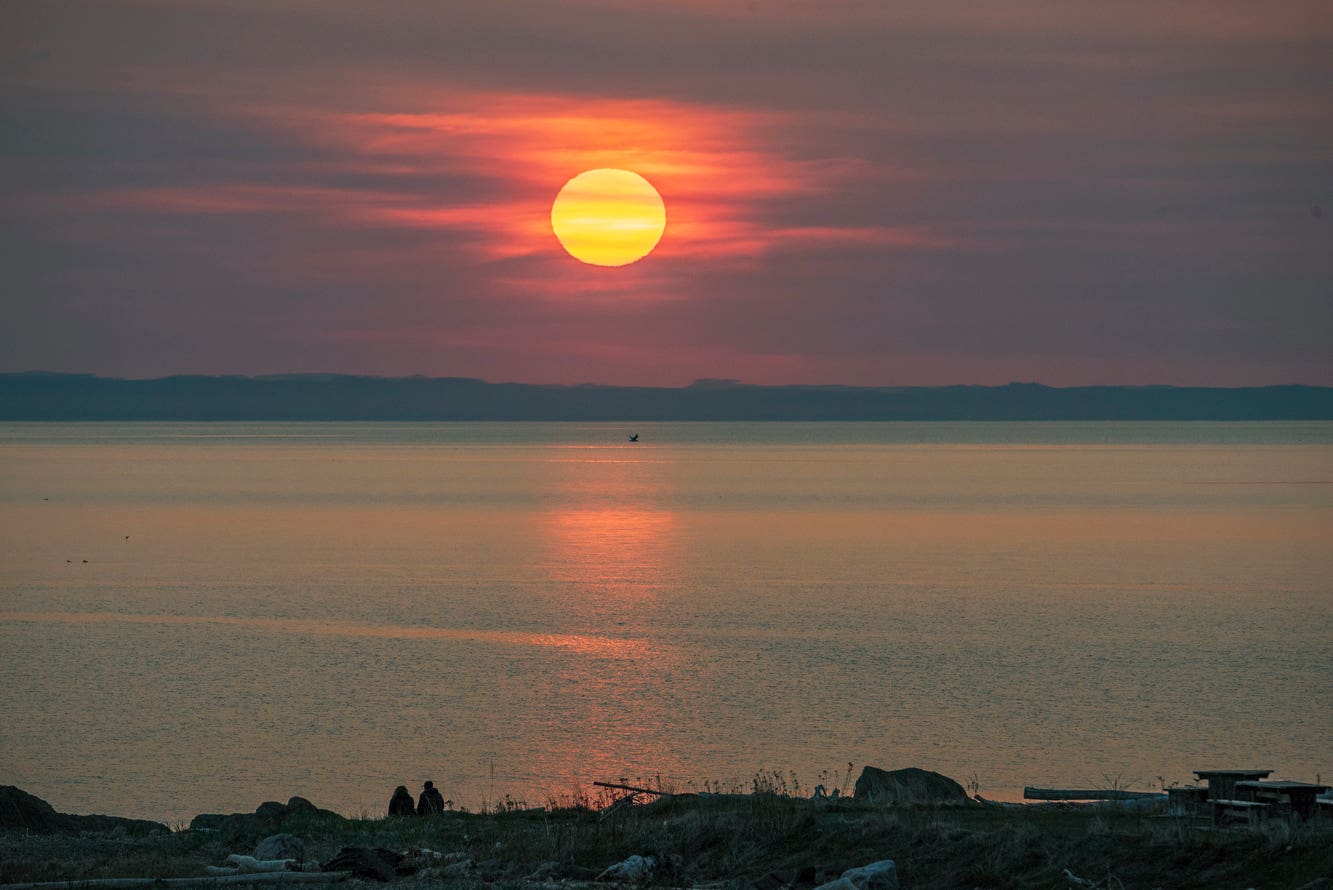

Distillerie du St. Laurent is an ode to the river—an invitation to enjoy the ocean breeze on the patio, savour a platter of local products and sip delicious cocktails made with one-of-a-kind premium spirits.
In partnership with Vaolo
Discover Distillerie du St. Laurent's products
We recommend
-
Read more
Have you heard of Acerum? In this edition of Fresh, we’re looking at this newcomer on the fine spirits scene—an eau-de-vie made from the fermentation and distillation of maple sap.
-
Read more
When you stroll through the streets of Bedford in the Eastern Townships, you quickly notice a huge red-brick building. A vestige of the industrial era, this old needle factory has become a creative hub and an artists’ residence, and it’s where Samuel Gaudette and Vanessa Cliche have set up their stills.
-
Read more
The Eastern Townships, with Mount Shefford as a backdrop, is where the Bourassa brothers harvest some 2,500,000 litres of maple water per year, and where they nurture their second passion—the distillery.
 Access to SAQ Inspire personalized services and store inventories are unavailable at the moment.
Access to SAQ Inspire personalized services and store inventories are unavailable at the moment. Free in-store delivery with purchases of $75+ in an estimated 3 to 5 business days.
Free in-store delivery with purchases of $75+ in an estimated 3 to 5 business days. 
